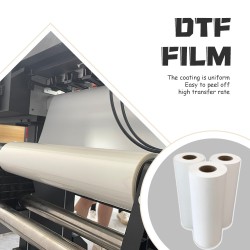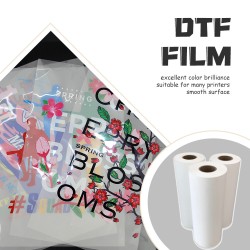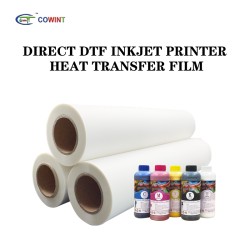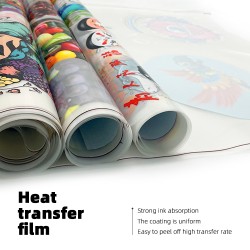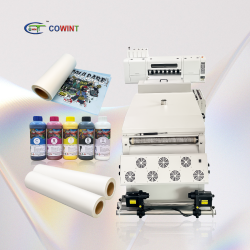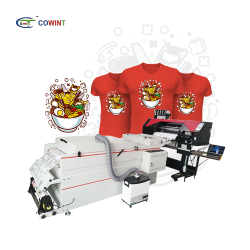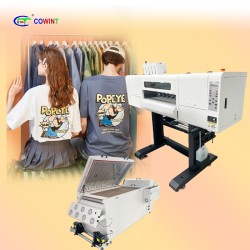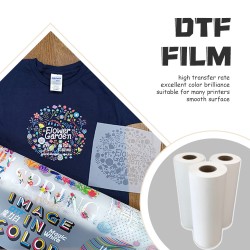Reasonable selection of dyes is an important link for the smooth progress of the entire printing quality and process. The dyes used on polyester/cotton fabrics must be reasonably selected according to the characteristics of these two fibers. Polyester fabrics are mainly printed with disperse dyes, and there are many types of dyes used for printing on cotton fibers, but not all cotton dyes are used. Can be used, taking into account compatibility with disperse dyes, heat resistance, and the like. For polyester/cotton fabric printing, light colors can sometimes be printed with soluble vat dyes or disperse dyes alone, while medium and dark colors are mostly printed with two different types of dyes, such as disperse dyes and reactive dyes. Paste printing, disperse dyes and vat dyes in the same paste printing, etc. At present, people in the industry are working on dyes that can be applied to both types of fiber printing.
1. Disperse dyes
When selecting such dyes, it should be noted that there are different requirements for different color depths, such as medium and dark colors, dyes with better sublimation fastness should be selected, and a higher hot-melt fixing temperature should be used to ensure a higher color supply. , otherwise, due to "low temperature, although the possibility of dye sublimation contaminating the white ground can be reduced, but in post-processing, the surface floating color that does not enter the fiber will easily stain the white ground during flat washing. Therefore, it is necessary to ensure that the white ground will not be stained. To stain and increase the amount of color, it is necessary to select the dye according to the color depth reasonably.
Second, paint
The production of polyester/cotton fabrics using pigment printing has been increasing. Pigment printing relies on a film formed by a binder to mechanically fix the paint on the surface of the fabric. Therefore, pigment printing is suitable for various fiber varieties. High light fastness, it can print deep colors, the printed outline is clear and fine, and it can print fine line patterns. Among the existing coating varieties, some are not resistant to high temperature and have poor sublimation fastness. When there is a difference in baking temperature, color difference will occur, so it should be selected according to the processing technology. The fineness of the paint particles will affect the rubbing fastness and scrubbing fastness of the printed product. When the particles are 0.5 to 25m, the rubbing and scrubbing fastness is better. When the particles are larger than 35m, the fastness decreases significantly. In addition, the higher the amount of paint , the worse the adhesive coating effect, the lower the rubbing fastness and brushing fastness.
Third, polycondensation dyes
The polycondensation dye molecule contains a water-soluble thiosulfate group, that is, a CH2SS03Na. Before the polycondensation, the dye only has an affinity for cotton fibers. When it loses the water-soluble group under the action of a reducing agent such as thiourea, it is polycondensed into a large dye. Molecules (mostly dicondensates), that is, non-ionic dyes, can be adsorbed by polyester fibers. Therefore, in the process of polycondensation dye printing, the dyes can be colored on polyester and cotton fibers at the same time. Using this feature, uniform colors can be printed on polyester/cotton fabrics. However, there are few polycondensation dyes used for printing. At present, the most commonly used polycondensation turquoise blue I5Go
Fourth, Poly Youzhi Shilin Dyes
Polyketide dyes are a kind of vat dyes which are selected and processed according to the application characteristics of disperse dyes. After the dye is printed on the polyester/cotton fabric, the polyester fiber is first dyed in the hot-melt part according to the characteristics of the disperse dye, and then the cotton cloth is printed with the vat dye suspension, and the caustic soda is rolled into a white powder reduction bath, and then short-steamed for 0.5———— 1min to dye cotton fibers with dye.
Five, soluble vat dyes
Soluble vat dyes, also known as indicolin dyes, have an affinity for cotton fibers and cannot be dyed with polyester. When they are hydrolyzed and oxidized, vat dyes are formed, and polyester can be dyed by hot-melt method. Vat dyes dye polyester and cotton fibers at the same time, and soluble vat dyes mainly print light colors on polyester/cotton fabrics.
 +8615820889696
+8615820889696 Info@cowint.com
Info@cowint.com



